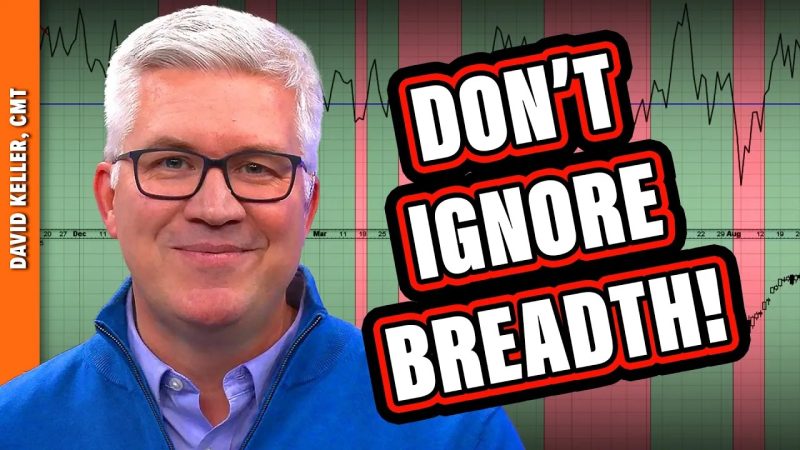The article provides valuable insights into the top 5 breadth indicators that are essential for investors to consider for successful trading decisions. These indicators help in evaluating the overall market health and sentiment, providing a broader perspective beyond individual stock analysis. Here, we will delve deeper into each of these indicators and understand their significance in the financial markets.
1. Advance-Decline Line (A/D Line):
The Advance-Decline Line is a breadth indicator that measures the number of advancing stocks versus declining stocks in a given market index. It helps in gauging the overall strength or weakness of the market trend. A rising A/D Line indicates a healthy market where a majority of stocks are advancing, signaling a bullish trend. Conversely, a declining A/D Line suggests weakness and a potential bearish trend. By monitoring this indicator, investors can anticipate market reversals and make informed trading decisions.
2. McClellan Oscillator:
The McClellan Oscillator is another breadth indicator that provides insights into market breadth and momentum. It is calculated based on the difference between two exponential moving averages of advancing and declining issues. The oscillation of this indicator around the zero line indicates overbought or oversold conditions in the market. A positive value suggests bullish momentum, while a negative value indicates bearish sentiment. Traders use the McClellan Oscillator to identify potential buying or selling opportunities in the market.
3. New Highs-New Lows Index:
The New Highs-New Lows Index measures the number of stocks hitting new highs versus those hitting new lows within a specific period. This indicator helps investors assess the breadth of market participation and identify market extremes. A high number of new highs relative to new lows signifies strength in the market, indicating a bullish trend. Conversely, a high number of new lows compared to new highs suggests bearish sentiment. By monitoring this index, traders can spot potential trend reversals and adjust their investment strategies accordingly.
4. Bullish Percent Index (BPI):
The Bullish Percent Index measures the percentage of stocks within a market index that are on a buy signal based on point and figure chart analysis. This indicator helps in determining the overall bullish or bearish sentiment prevailing in the market. A high BPI value indicates widespread bullishness among stocks, signaling a potential overbought condition. Conversely, a low BPI value suggests market weakness and a potential oversold condition. By tracking the BPI, investors can assess the market’s health and make timely investment decisions.
5. Volatility Index (VIX):
The Volatility Index, commonly known as the VIX, measures market volatility and investors’ sentiment towards future market movements. It reflects the expected price fluctuations in the stock market over the next 30 days. A high VIX value indicates heightened fear and uncertainty among investors, usually associated with market downturns. On the other hand, a low VIX value suggests calmness and complacency in the market, often preceding a potential market rally. Traders use the VIX to gauge market sentiment and assess the level of risk in their investment decisions.
In conclusion, breadth indicators play a crucial role in analyzing market breadth, sentiment, and trend strength. By incorporating these indicators into their trading strategies, investors can gain a comprehensive understanding of the market dynamics and make well-informed investment decisions. Monitoring these breadth indicators alongside technical and fundamental analysis can enhance trading performance and improve risk management strategies in the ever-changing financial landscape.




























